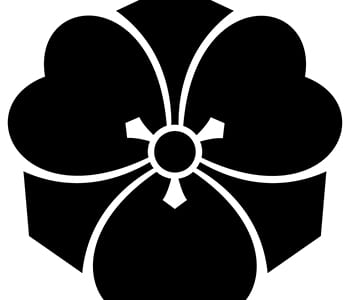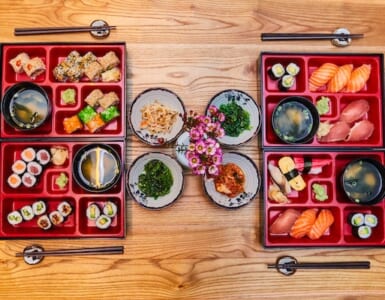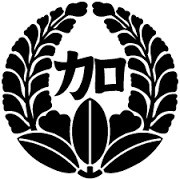The Japanese honorific suffix is something you learn first and use every day when you learn Japanese. They can be confusing, but it’s easy to learn the basics. They reflect the Japanese culture, and knowing and using them quickly immerses you in the Japanese community.
1. San: Sir/Madam – Japanese Honorific Suffix
If you don’t know any other honorific suffix, remembering this can get you through most situations you would encounter in Japan.
Like any language and culture, people respect you if you show respect to others, starting with calling them with the honorific suffix.
When you see someone for the first time, it is an absolute must to call him/her with the honorific suffix.
The interesting thing is, even after you made friends with them, you still call them with the honorific suffix when you mention them to others. Of course, there will be exceptions among really close friendships.
Japanese Surnames: Top 10 Ranking, Origin, and its Meanings
You might think people would call their teachers the same way. Yes, you can, but usually, they use “Sensei” which means literally “Teacher”. So you put “Sensei” after their family name, which goes like this: Yamada-
Examples: You can use this suffix for your co-workers at the office: Tanaka-san, Yamada-san, Ando-san…etc.
Usually, Japanese people call their dad and mom “Otoh-
- Ni-
san : older brother (Oni-san is a more polite waywith the prefix “O,” which shows respect) - Ne-
san : older sister (One-san is amore polite way with the same reason above) -
Ten’in –san : shop clerk -
Untenshu –san : driver -
Hisho –san : secretary
2. Sama : The Superlative Version of “San” – Japanese Honorific Suffix

You may have heard “Kami-sama” (can be translated as “dear god“), “Okyaku-sama” (dear customer), and “Mina-sama” (dear everyone).
Showing gratitude
Not just for names of the people or deities, “
Otsukare-sama
Perhaps this is the one you hear daily, specifically if you work at the office. It can mean many things, like “Good to see you!” “You’ve done a great job.” “Goodbye,” etc.… Children don’t use them. “Otsukare” literally means “Being tired,” people use this phrase to express their gratitude for their efforts or praise for someone’s day’s work. So don’t get confused when you hear this phrase, and you would think, “Hmm, I’m not tired at all.” That’s not the point. They want to tell you that they know you are doing your part (job or anything you’re entitled to do); it’s an icebreaker to start some chit-chat.
Gochiso-sama
This is another frequent expression you would hear, specifically in dining. When people start eating, they say “Itadakimasu,” expressing their attitude toward the food and the cook who prepared it, the truck driver and farmer, the soil, water, the sun… etc. Then, after they finish their meal, they would say “Gochiso-sama” or “Gochiso-sama Deshita” (the latter is a more polite way by adding “deshita”).
3. Kun : Used for Boys

People call a boy with the honorific suffix “Kun.” You may hear it from some seniors at the office who also call young women this way. It’s not supposed to be rude, but it can sound odd these days. As long as you talk to teenage boys with”Kun,” you play it right.
4. Chan : Used for Girls

It’s for teenage girls. You call a girl with this suffix, but interestingly enough, you can use this suffix for adults, too. It expresses the intimate friendship. It is used more widely than “Kun,” as you might often hear it. You can call your favorite friend with a combination of his/her family name. For example, the family name Yamada can be called “Yama-chan.” You can see the last word cut off. This is one helpful suffix to show someone of a close relationship.
How do you call your dad, mom, or friends in your language? Any suffix? Co-workers, seniors, juniors…? If you are in Japan or have Japanese friends, what do they call you? Let us know in the comment section!









Add comment